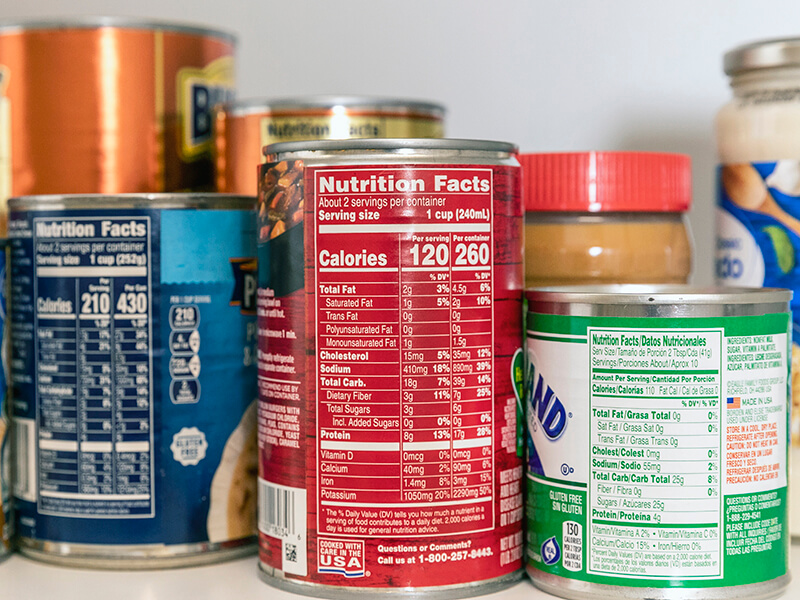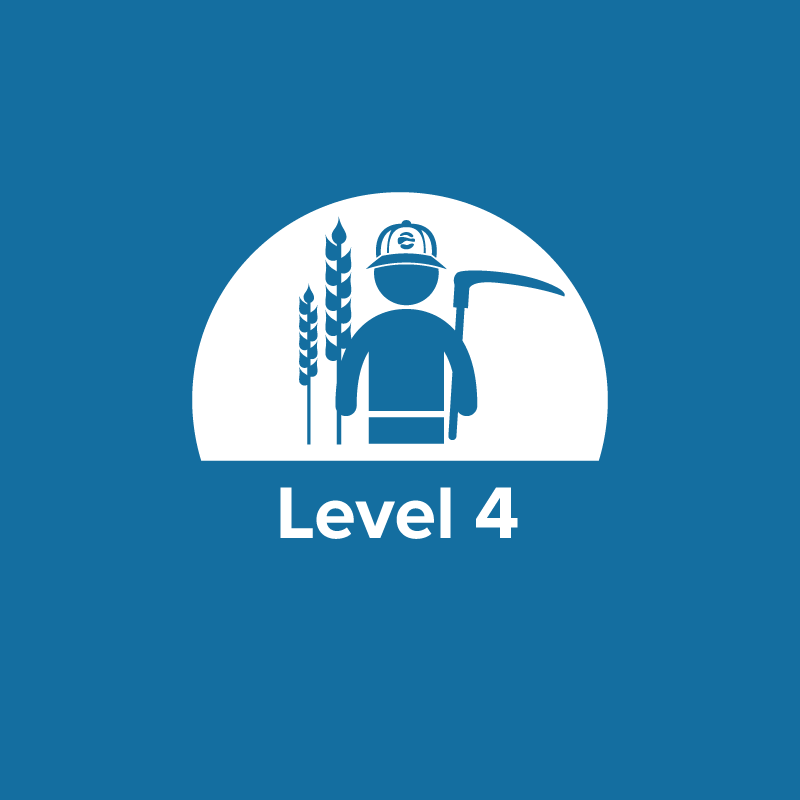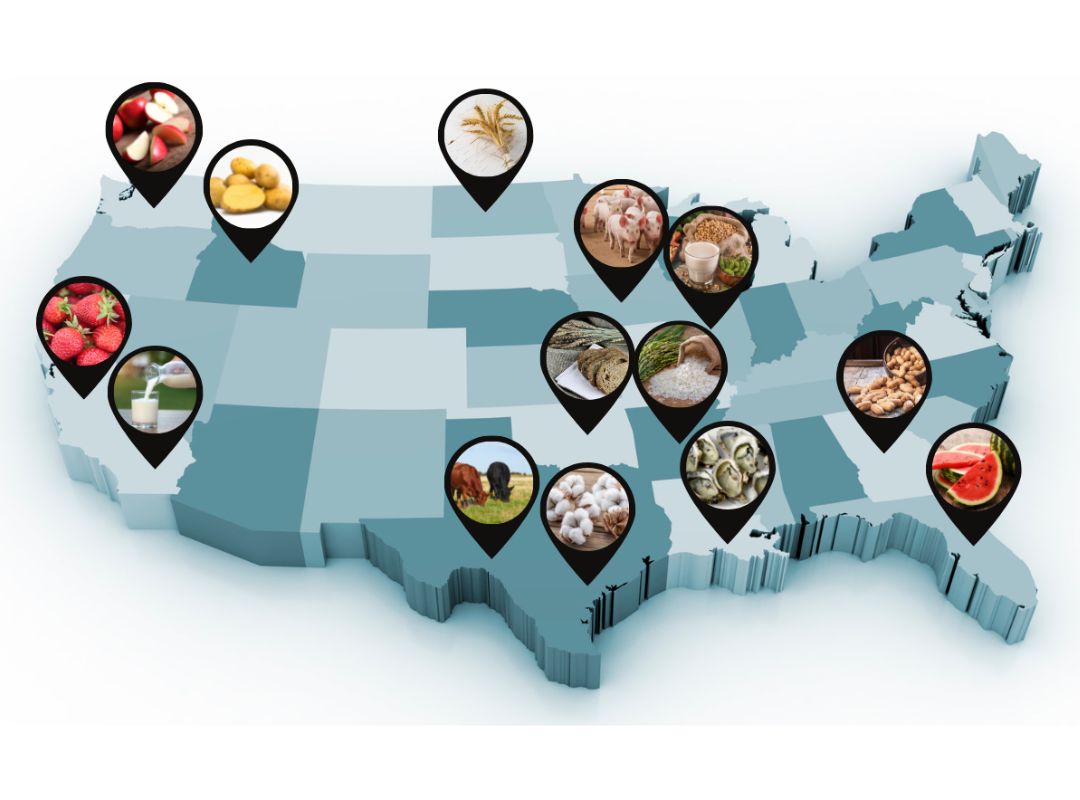
What's On The Nutrition Facts Label?
Students will be introduced to the Nutrition Facts label, navigate and decipher the Nutrition Facts label, use food labels to determine nutritive value of foods, and define terminology found on the label such as calories, nutrients, and servings.



